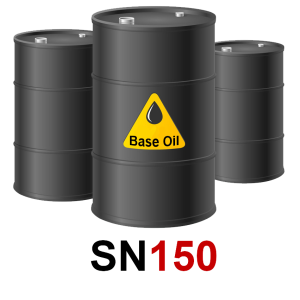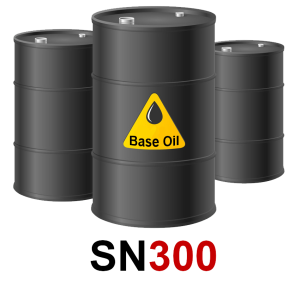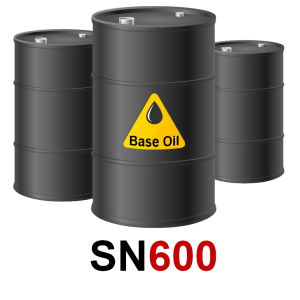Base Oil
Base oils are used to manufacture products including lubricating greases, motor oil and metal processing fluids. Different products require different compositions and properties in the oil. One of the most important factors is the liquid’s viscosity at various temperatures. Whether or not a crude oil is suitable to be made into a base oil is determined by the concentration of base oil molecules as well as how easily these can be extracted.
Base oil is produced by means of refining crude oil. This means that crude oil is heated in order that various distillates can be separated from one another. During the heating process, light and heavy hydrocarbons are separated – the light ones can be refined to make petrol and other fuels, while the heavier ones are suitable for bitumen and base oils.
There are large numbers of crude oils all around the world that are used to produce base oils. The most common one is a type of paraffinic crude oil, although there are also naphthenic crude oils that create products with better solubility and very good properties at low temperatures. By using hydrogenation technology, in which sulfur and aromatics are removed using hydrogen under high pressure, extremely pure base oils can be obtained, which are suitable when quality requirements are particularly stringent.
Chemical substances – additives – are added to the base oil in order to meet the quality requirements for the end products in terms of, for example, friction and cleaning properties. Certain types of motor oils contain more than twenty percent additives.
Official classifications
Group I
Originating in the 1930s, the least refined type which is produced by Solvent Refining.
Group II
Originating in 1971, a better grade of petroleum base oil, which may be partially produced by Hydrocracking.
Group III
Originating in 1993, the best grade of petroleum base oil, since they are fully produced by Hydrocracking, Hydro isomerization, and..
Group IV
Originating in 1974, consists of synthetic oils made of Poly-alpha-olefins (PAO). Group IV base oils have a viscosity index range of 125 - 200.
Group V
Originating in the 1940s, any type of base oil other than mentioned in the previously defined groups.
Unofficial Classifications
Group II+
Originating in the 1990s, a more refined grade of petroleum Group III base oil, produced by Hydrotreating.
Group III+
Originating in 2015, produced by a gas to liquids (GTL) process. Group III+ base oils have a Very High Viscosity Index...
Group VI
Consists of synthetic oils made of Poly-internal-olefins (PIO). Poly-internal-olefins (PIO) oils are similar to Poly-alpha-olefins (PAO)...




